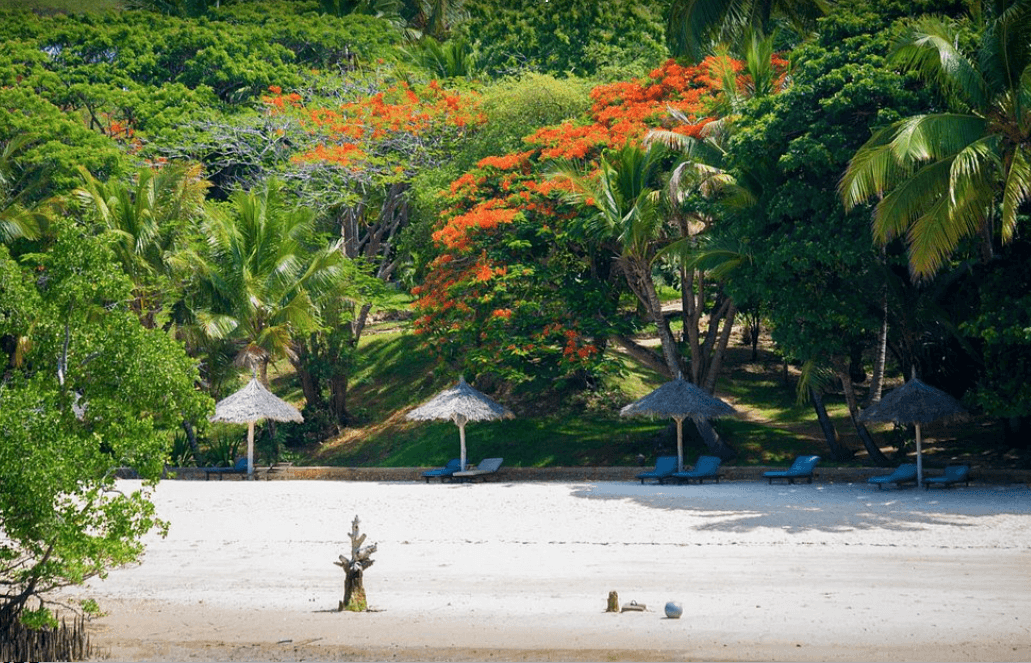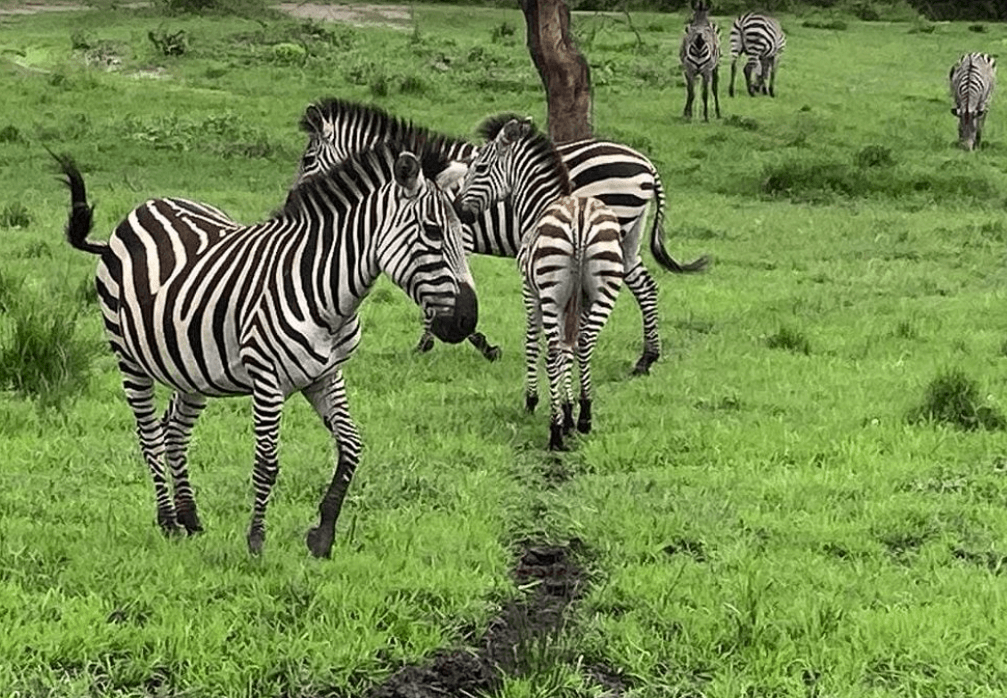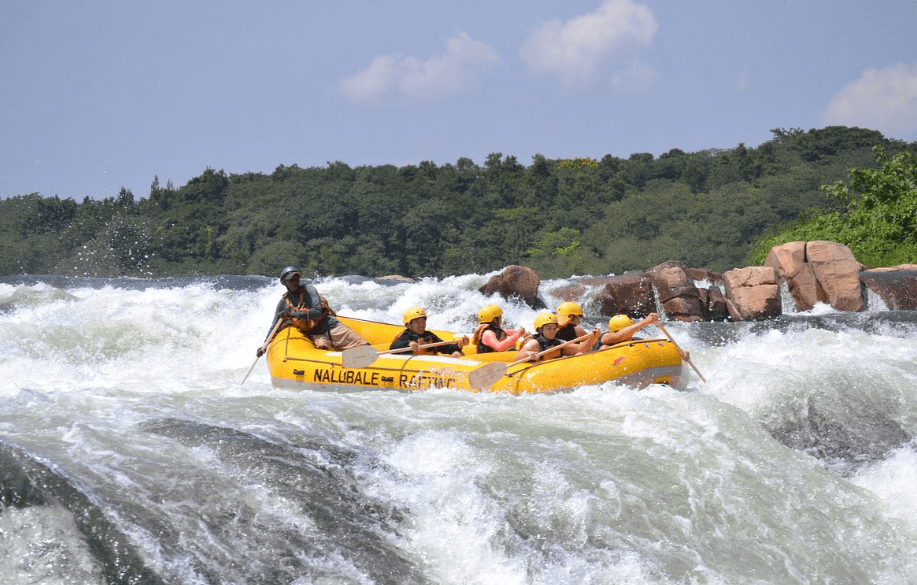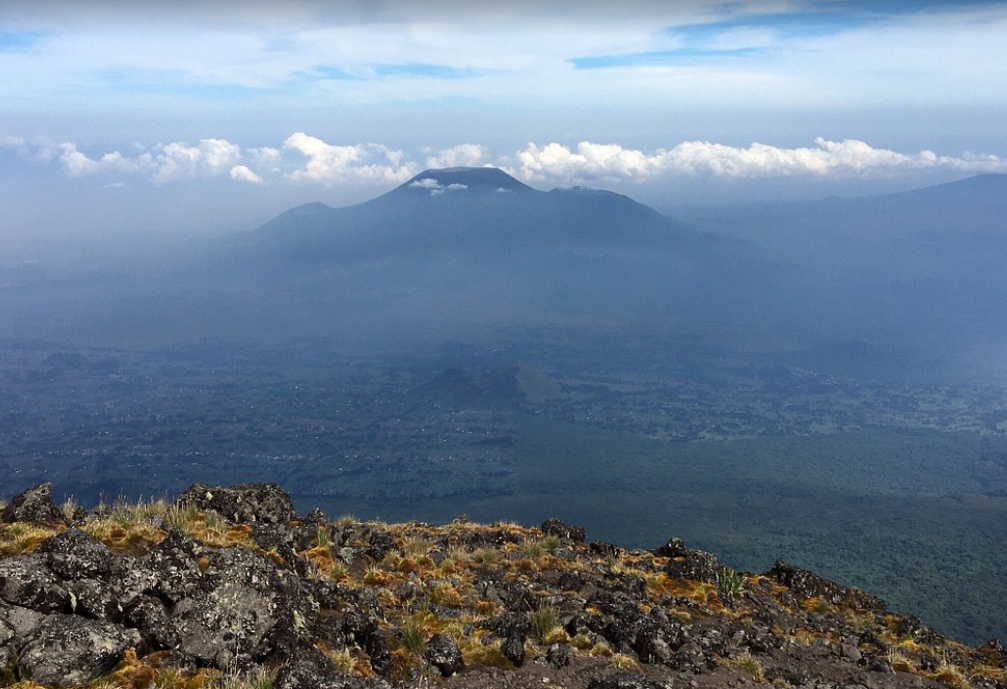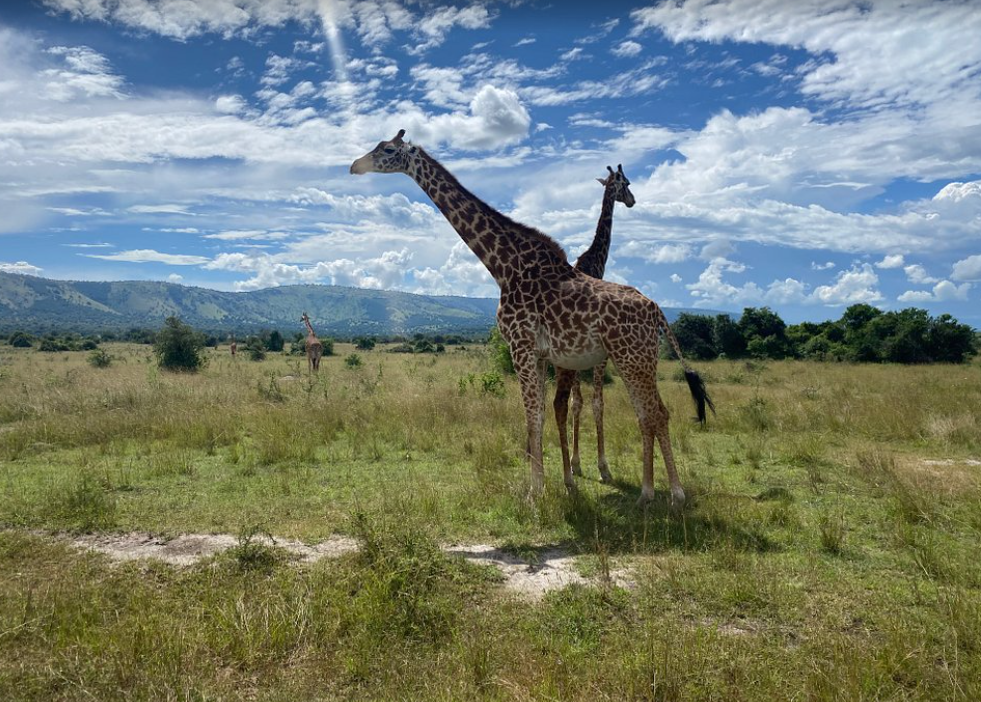The Great Rift Valley: Kenya’s Scenic and Ecological Wonder
Introduction
Stretching from Lebanon to Mozambique, the Great Rift Valley is one of the world’s most awe-inspiring geological features. This massive trench system runs over 6,000 kilometers and is visible from space. In Kenya, the Great Rift Valley is especially prominent, cutting through the country’s landscape and creating a stunning array of valleys, lakes, cliffs, and volcanoes. It’s a unique geographical and ecological feature that has shaped Kenya’s topography and biodiversity, attracting scientists, tourists, and nature enthusiasts from around the globe.
Kenya’s section of the Rift Valley is home to a variety of ecosystems, from savannas and highlands to lakes and volcanoes. It also houses numerous national parks and conservation areas, making it a hub for wildlife viewing and outdoor adventures.
Background and Formation of The Great Rift Valley
The Great Rift Valley is a result of tectonic activity that began over 30 million years ago. The Earth’s crust started to pull apart, forming rifts and fractures. This process is still ongoing, and scientists estimate that the valley continues to widen at a rate of one to two centimeters per year. This tectonic activity has resulted in the formation of steep cliffs, escarpments, and a chain of lakes along the valley floor.
The rift itself is divided into two branches: the Eastern Rift and the Western Rift. In Kenya, the Eastern Rift is most visible and contains many of the country’s famous lakes, mountains, and volcanic features. Earthquakes and volcanic eruptions have shaped the valley’s landscape, giving rise to mountains, calderas, and volcanic plugs. This ongoing geological activity has also contributed to the unique soil composition, which supports a rich diversity of flora and fauna.
How to Get to There
The Great Rift Valley is accessible from Nairobi, Kenya’s capital, and can be explored by road, air, and organized tours.
By Road
From Nairobi, the journey to the Rift Valley takes about 2 hours by car. The most scenic route is along the Nairobi-Nakuru Highway, which offers breathtaking views of the Rift Valley escarpment. You can stop at various lookout points along the way, including the Great Rift Valley Viewpoint, to take in panoramic views of the valley below.
By Air
For a quicker option, flights are available from Wilson Airport in Nairobi to towns like Nakuru and Eldoret. These flights are relatively short, and you can then access the Rift Valley and surrounding parks by road. Many national parks within the valley also have airstrips, making them easily accessible by domestic flights.
National Parks and Attractions within The Great Rift Valley
The Great Rift Valley in Kenya is home to some of the country’s most popular national parks and natural attractions. Here are some must-visit sites:
1. Lake Nakuru National Park
Lake Nakuru National Park is famous for its flamingo populations that cover the lake’s shores in shades of pink. The park is also a Rhino Sanctuary, home to both black and white rhinos, as well as other wildlife like lions, leopards, buffalos, and giraffes.
2. Hell’s Gate National Park
Known for its dramatic landscapes and geothermal features, Hell’s Gate National Park is a haven for adventurers. Here, you can cycle, hike, and even rock climb through its gorges and cliffs. The park also features hot springs, wildlife, and the Olkaria Geothermal Spa.
3. Lake Naivasha
Lake Naivasha is a freshwater lake surrounded by lush vegetation and home to diverse birdlife, hippos, and other wildlife. Visitors can enjoy boat rides, birdwatching, and picnicking on the shores of this serene lake. Nearby, Crescent Island provides a unique walking safari experience among giraffes and zebras.
4. Mount Longonot National Park
Mount Longonot is an extinct stratovolcano located in the Great Rift Valley. Hiking to the crater’s rim is a popular activity, and once at the top, visitors are rewarded with spectacular views of the valley and surrounding landscape. The crater itself is a lush, green forest and provides a haven for various animal species.
5. Lake Bogoria
Lake Bogoria is a saline, alkaline lake known for its hot springs and geysers. The lake attracts flamingos and offers opportunities for birdwatching and geothermal exploration. Visitors can witness the hot springs up close and learn about the geothermal activity that defines the lake’s ecosystem.
6. Lake Baringo
Lake Baringo is one of the two freshwater lakes in the Rift Valley and is home to various fish species, crocodiles, hippos, and a rich array of bird species. Boat safaris are popular here, allowing visitors to explore the lake’s islands and observe the wildlife.
7. Menengai Crater
Menengai Crater is one of the largest volcanic craters in the world. Located near Nakuru, the crater offers panoramic views of the Rift Valley and is a popular hiking and sightseeing destination. The geothermal activity in the area is harnessed for electricity production, making it both a natural and industrial landmark.
8. Aberdare National Park
While not entirely within the Rift Valley, Aberdare National Park is close by and provides another beautiful destination for nature lovers. Known for its dense forests, waterfalls, and varied wildlife, the park offers a different environment compared to the open plains of the valley.
Conservation Programs in The Great Rift Valley
The Great Rift Valley’s unique landscapes and biodiversity require robust conservation efforts. Numerous organizations and programs focus on preserving the valley’s wildlife, ecosystems, and geological features:
1. Flamingo Conservation at Lake Nakuru
Conservation programs at Lake Nakuru National Park work to protect the lake’s ecosystem, particularly for the benefit of the flamingo population. Efforts include monitoring water levels, controlling pollution, and managing algae growth, which is vital for flamingo survival.
2. Rhino Sanctuary Programs
Lake Nakuru’s Rhino Sanctuary is part of a national initiative to protect Kenya’s rhino population from poaching and habitat loss. The sanctuary is fenced and monitored, offering a secure environment where rhinos can thrive.
3. Geothermal Energy and Sustainability
Hell’s Gate National Park and the Olkaria Geothermal Plant exemplify how renewable energy can support both conservation and local communities. Geothermal energy production in the area provides a sustainable energy source while preserving the park’s natural features.
4. Community-Based Conservation
Many parks and reserves within this region work with local communities to support conservation. Programs include training locals as guides, offering employment opportunities, and educating communities about sustainable practices. Community engagement helps reduce human-wildlife conflict and encourages local involvement in conservation efforts.
It’s Future
The Great Rift Valley’s unique ecosystems face challenges from climate change, deforestation, and human encroachment. Conservationists are actively working to address these issues through sustainable practices, community involvement, and scientific research. Protecting the valley’s biodiversity and landscapes is essential for Kenya’s environmental health and tourism industry. Collaborative conservation efforts will be crucial for ensuring that future generations can continue to explore and appreciate this remarkable natural wonder.
Frequently Asked Questions (FAQs)
What is the best time to visit The Great Rift Valley?
The best time to visit is during the dry seasons, from June to October and December to March. The weather is favorable, and wildlife viewing is easier near water sources.
Can I visit multiple parks within the Great Rift Valley in one trip?
Yes, many parks are close to each other, making it possible to explore several sites in one trip. Organized tours often include visits to multiple parks within the Rift Valley.
Is The Great Rift Valley suitable for family trips?
Yes, The Great Rift Valley offers family-friendly activities, such as boat rides on Lake Naivasha, cycling at Hell’s Gate, and picnicking by lakes. However, hiking routes may be challenging for young children.
Are there accommodations within the Great Rift Valley?
Yes, the Rift Valley offers a range of accommodations, from luxury lodges and hotels to budget campsites near major parks and attractions.
What should I pack for a trip to The Great Rift Valley?
Pack comfortable walking shoes, sunscreen, insect repellent, a hat, a reusable water bottle, and binoculars for wildlife viewing. Warm clothing is also advisable for cooler evenings.
Is it safe to travel in The Great Rift Valley?
The Great Rift Valley is generally safe for tourists. However, it’s always advisable to follow park guidelines, stay with your group, and listen to your guide’s instructions.
What wildlife can I expect to see in The Great Rift Valley?
The Rift Valley is home to a variety of wildlife, including elephants, rhinos, zebras, giraffes, flamingos, and numerous bird species. Each park within the valley offers unique wildlife viewing opportunities.
Conclusion
The Great Rift Valley in Kenya is a breathtaking and geologically unique destination, offering visitors a diverse array of landscapes, wildlife, and activities. From the flamingo-filled shores of Lake Nakuru to the rugged cliffs of Hell’s Gate, it is a haven for adventure, nature, and relaxation. As conservation efforts continue to protect its natural resources, the Great Rift Valley remains one of Kenya’s most captivating attractions, promising unforgettable experiences for travelers from all walks of life.

